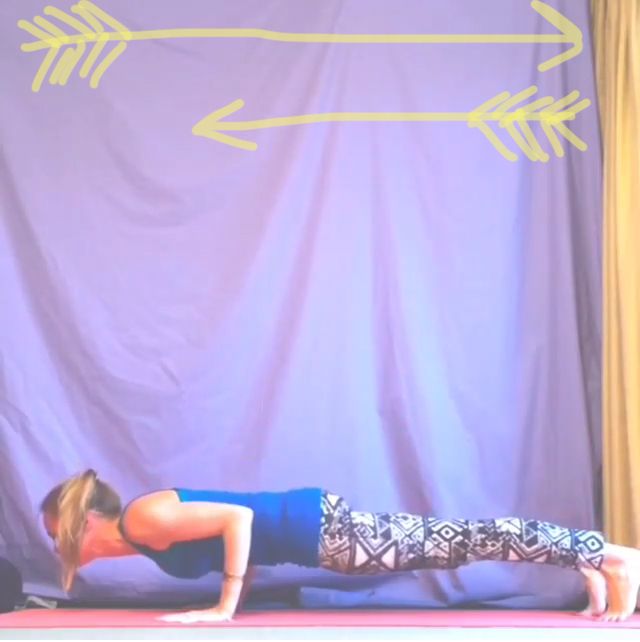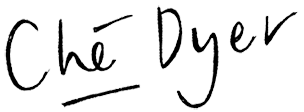Caturanga Dandasana

Chaturanga Dandasana // Four-limbed-Staff-pose
(chat = four; anga = limb; danda = staff; asana = posture)
Getting into the pose:
To enter Caturanga Dandasana begin in a plank position, palms grounding down into the mat directly under the shoulders. Create a long line in the spine by drawing the shoulders down and away from the neck as the heels press back and away from the top of the head. Draw the navel in to the spine on the exhale and then slowly shift the body weight towards the front of the mat – allowing the shoulders to move over the vertical line of the wrists – which brings the weight into the tip toes. From here draw the navel into the spine and engage the pelvic floor. Keep the elbows hugging tightly in to the body as you continue the exhale to lower the chest down towards the mat, keeping the spine in neutral. Bring the arms into 90 degrees creating a shelf in the elbows.
Either lower all the way down to the belly or if you have the arm strength hold the chest above the floor, flip the toes with the chest still hovering and the elbows still in 90 degrees and move fluidly with the inhale breath into Urdhva Mukha Svanasana (upward facing dog).
Note: this posture is quite a challenging posture and is not usually “held” for long but rather used as a transition within the sun salutations connecting either ardha uttanasana and urdhva mukha svanasana (in Sun Salutation A) or connecting Virabhadrasana I and Urdhva Mukha Svanasana (in Sun Salutation B)
Common Errors in the pose:
Not engaging the lower core and allowing the hips to drop down to the mat. This breaks the neutrality of the spine and places compression on the lower spine.
There is also the tendency to not shift the body weight far forward enough, which leaves very little space to move into upward facing dog. Without shifting the body weight forward and then moving directly to upward facing dog, excess compression is placed on the lower spine.
Elbows flaring out.
Modification of the pose:
Whilst you are building core and arm strength it’s important to modify this transition by placing the knees on the mat. This removes a bit of the weight from the arms and helps to maintain the correct alignment. With the knees on the mat, ensure that the spine is still in neutral.
Benefits of the pose:
- Builds strength in the arms
- Engages the core, tones the abdominals
- Provides excellent proprioception for arm position in many other arm balances.
- Increases wrist flexibility
Transitions well into:





